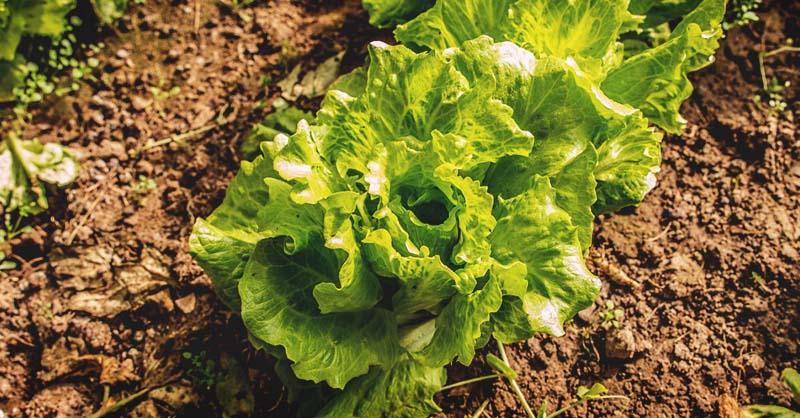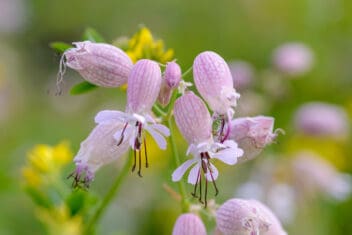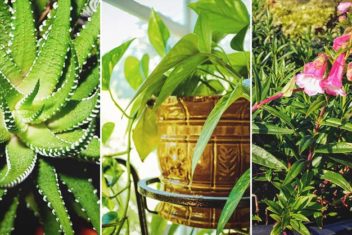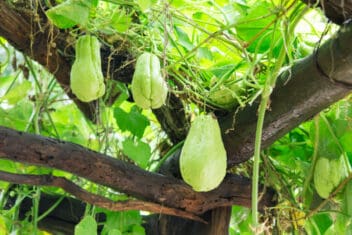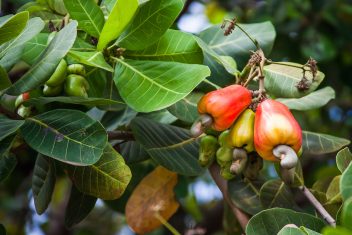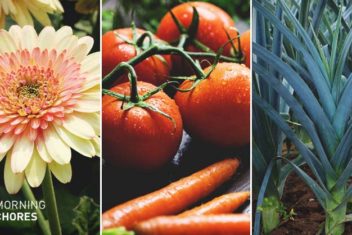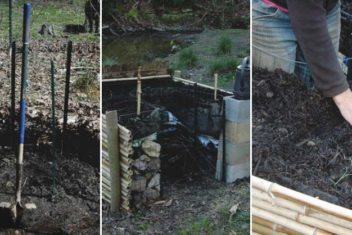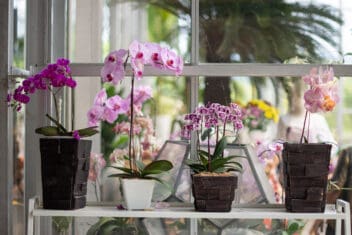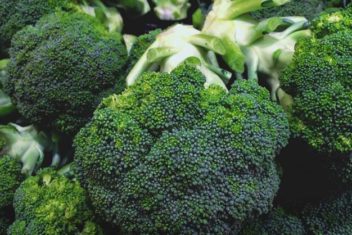Growing lettuce is one of my favorite gardening endeavors because the plants grow quickly and with a minimum of fuss, which is extremely rewarding. There are also a plethora of different lettuce varieties – you can find one for every season and climate zone. Add some plastic or a cold frame, and you can extend your lettuce season all year long, even in challenging climates.
Lettuce isn’t just about salads, although your fresh-picked lettuce varieties will make you swear off boring lettuce from the store. In the kitchen, the leafy green is great on sandwiches, wilted in soups, braised or grilled, and it’s fabulous in smoothies.
Lettuce does well in raised beds or a traditional garden. Have you been looking into trying hydroponics? Lettuce is a great plant to start with. It’s also a smart option if you want to teach kids about gardening.
Whatever your goals, climate, or cooking needs, there’s a lettuce out there for you.
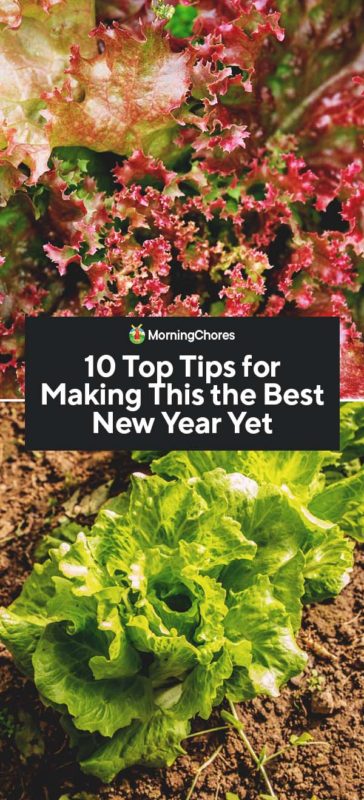
Lettuce Varieties
There are dozens of lettuce types, and they fall into five categories: Batavian, butterhead, iceberg, loose leaf, and romaine. Each type has varying growing needs and characteristics.
Let’s take a look at the different types of lettuce and some excellent varieties in each category!
Batavian Lettuce Varieties
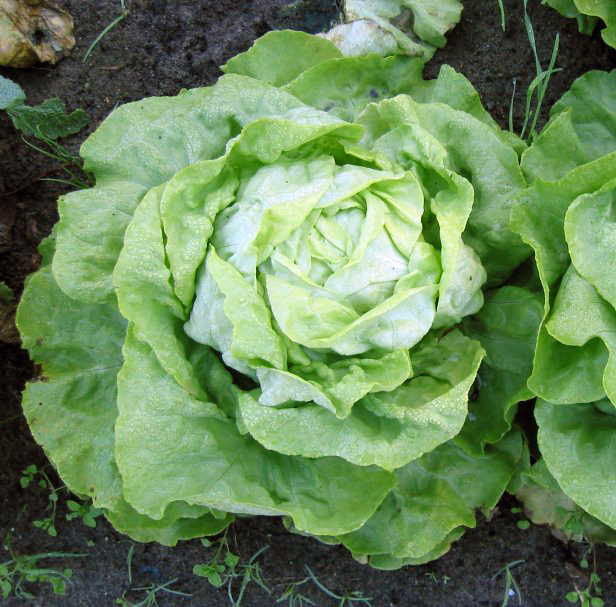
Also known as summer crisp or French crisp, Batavian lettuces are ideal for summer growing as they have a high tolerance for heat. Seeds need a cool temperature for germination, so start them early or indoors in a cold room and then transplant outdoors.
Concept
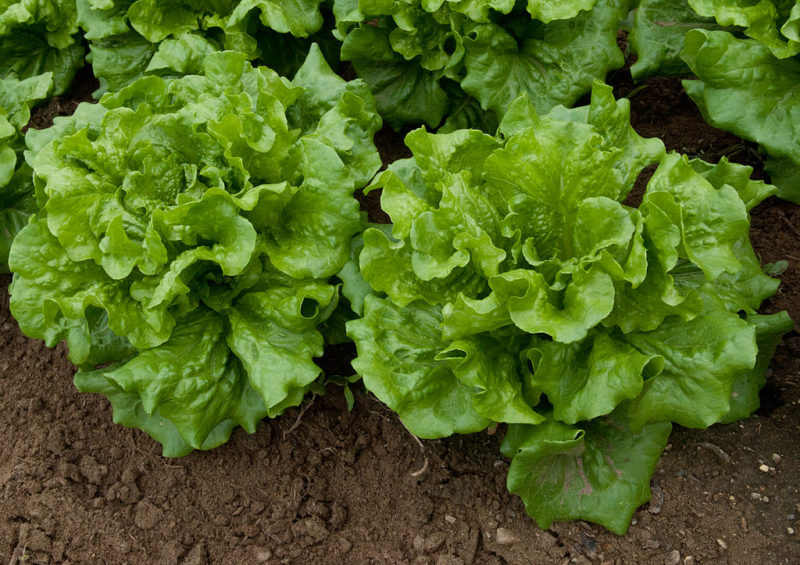
Concept is an excellent Batavian type with a beautiful flower petal shape. It has a high heat tolerance, making it ideal for the deep south. At the baby stage, the leaves are open, and they close as the plant matures. The taste is sweet and juicy. It has pretty green leaves and takes 51 days to mature.
Nevada
Nevada is a hot state and, unsurprisingly, its namesake lettuce can handle the heat. The ruffled green leaves have a subtle nutty flavor. You can harvest individual leaves or let it head up. This open-pollinated variety takes 48 days to mature.
Pablo
Pablo is a large Batavian lettuce that forms loose heads with large upright rosettes. The leaves have bronze outer edges, which makes a striking contrast when used as a base under other ingredients, such as a fruit salad. The taste is sweet, and it’s slow to bolt. It’s an heirloom that comes from Seed Savers Exchange. It matures in 62 days.
Butterhead Lettuce Varieties
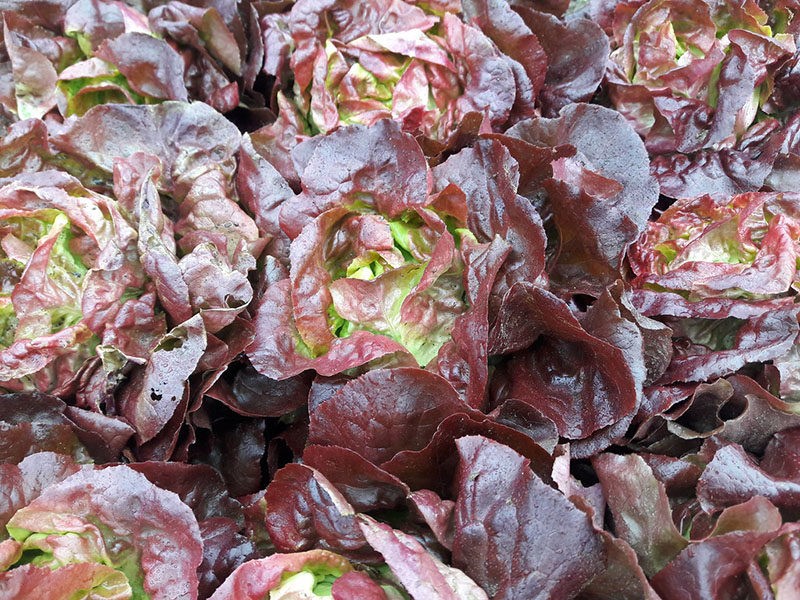
There are two types of butterhead lettuces.
The first one, Boston lettuce, has loose, round shaped heads. If you take out the interior leaves, they make a perfect “cup” for grilled chicken, stir-fried veggies, or shrimp cocktail.
The second, bibb lettuce, is smaller with soft leaves. It tends to mature earlier than Boston and has dark leaves with red edges. Bibb lettuce’s tiny round heads are sweet and tender. They’re often grown as mini-heads.
Nancy
Nancy is a regular in my garden because it’s so reliable. This large Boston type has thick, medium-sized green leaves that form a tight head. The taste is sweet and buttery. This one was popular with shoppers when I did regular farmer’s markets. It holds well in the field and takes 52 days to mature.
Sylvesta
I like to plant Sylvesta for a fall garden. It loves cool weather and shorter days. This hardy Boston variety has an excellent flavor and produces big heads. The outer green leaves blanch the inner leaves giving it superb taste that chefs love. It’s disease resistant and takes 52 days to mature.
Deer Tongue
My favorite Bibb lettuce is the heirloom type known as deer tongue. Deer tongue has a unique shape; it forms a loose head with slightly pointed leaves that resemble, as the name suggests, a tongue. This type also has an excellent flavor, and the baby heads are ready in only 28 days. It reaches full size in 46 days.
North Pole
I used to grow winter marvel exclusively as a hardy bibb greenhouse winter lettuce. Now, I am a big fan of North Pole. It’s extremely cold hardy and has even survived Zone 4 Maine winter outdoors. It has a mild, sweet taste but will bolt and become bitter in warm weather.
Iceberg Lettuce Varieties
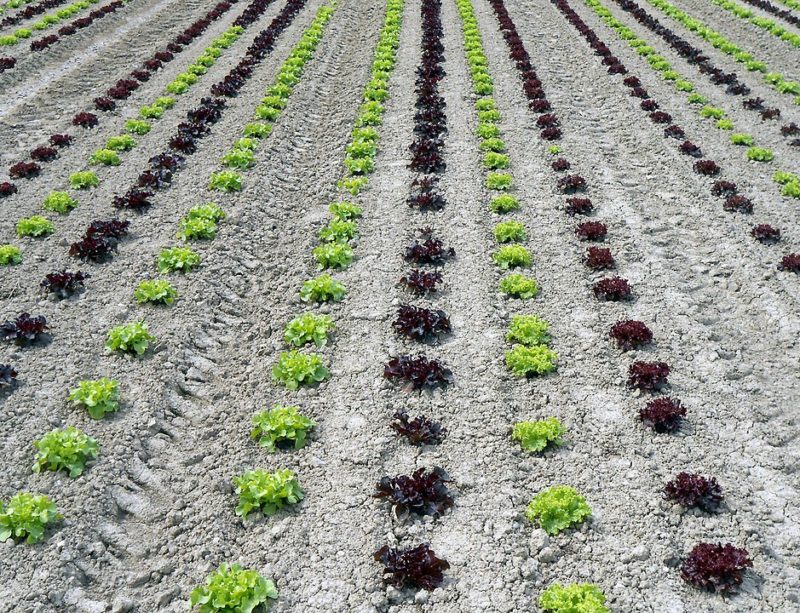
Iceberg is also known as crisphead lettuce. It has a reputation as the boring variety that often gives lettuce a bad name. That’s undeserved, in my opinion. Homegrown varieties taste better than the stuff you know from the store, and the refreshing crunch is perfect in the right recipe. Overall, I admit it’s at the bottom of my list of favorite lettuce varieties, but it deserves a spot in any garden.
Webb’s Wonderful
If you are going to grow iceberg lettuce, I think Webb’s wonderful is the one. Coming from Seed Savers Exchange, it was introduced in 1890 by Clarence Webb in England. It has a buttery, mild flavor that will make you think it’s a butterhead, but with the crispness of an iceberg. It tolerates the heat well without getting bitter. Icebergs take a bit longer to grow in general, and this type matures in 72 days.
Jester
Jester doesn’t look like the typical crisphead lettuce, with its compact-yet-frilly leaves that feature stunning maroon splotches. The flavor is well balanced, and it has a crunchy, juicy texture. It’s also a heat tolerant variety that is slow to bolt. It matures in 60 days.
Lollo
Lollo lettuces are great for garnishes because of their deep frilly leaves. Chefs refer to it as coral lettuce. The leaves can be picked independently or allowed to form heads, which grow into a beautiful rosette shape. It matures in about 60 days.
Dark Red Lollo Rossa
Dark red lollo rossa is my favorite iceberg lettuce. The heavily frilled leaves are green around the stem. The tips are a vibrant, dark maroon color. It holds its color well even in cloudy weather. It can become bitter, so cut leaves frequently. This type looks impressive when plated. It’s slower growing and takes 53 days to mature.
Ilema
Ilema is a full-sized green leafed lollo variety that has pretty, frilly leaves. The plant grows in a uniform shape, making it ideal for markets. This open pollinated variety has good disease resistance and takes 55 days to mature.
Revolution
Revolution has a beautiful deep red color with intensely frilly leaves. I love it because the thick, crunchy texture “beefs” up a salad. It prefers cool spring or fall weather and matures in 48 days.
Loose Leaf Lettuce Varieties
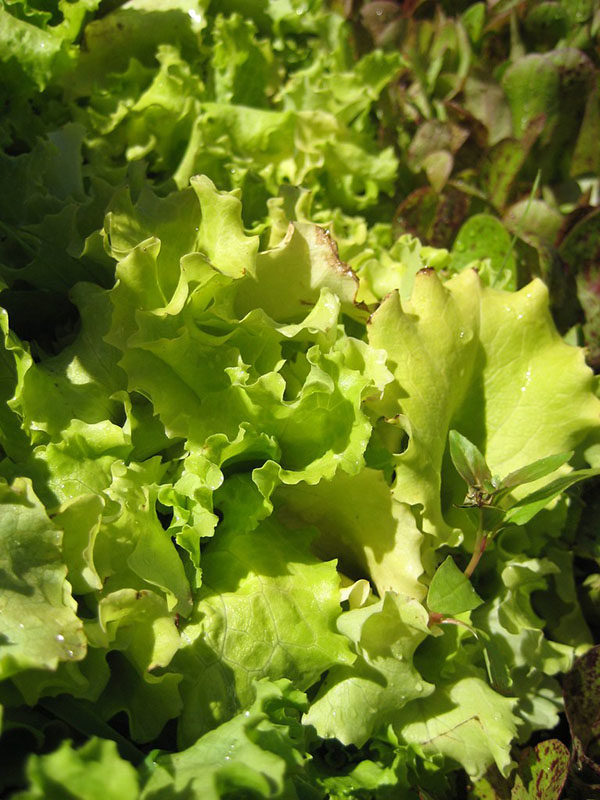
Leaf lettuce comes in red, green and oakleaf. The loose leaves grow from a single stalk rather than in a compact head like other types. They’re best cut as individual leaves and are great for salads and making wilted lettuce.
Loose leaf lettuces are particularly easy and quick to grow. They come in a variety of colors and textures, so plant several varieties to make your salad pop.
Black-Seeded Simpson
My favorite loose leaf variety is black seeded Simpson, which is a prolific heirloom. It’s a large plant that reaches 16 inches across when allowed to grow to full size. This type does best in early spring. The soft green leaves have slightly jagged edges, which are attractive in salads. It matures in 28 days for baby heads and 46 days for full size.
Red Salad Bowl
Red salad bowl has a beautiful vibrant red color that’s an eye-catcher in any salad. The oak leaves are shaped in compact frilly rosettes and have a wonderful creamy flavor. Ideal for spring and fall production since this type doesn’t like hot weather. It has excellent disease resistance and matures in 48 days.
Romaine Lettuce Varieties
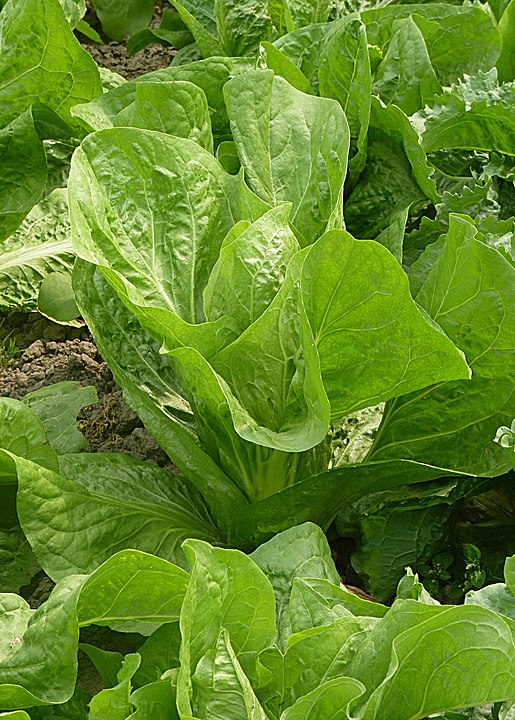
Romaine lettuce grows in a column shape thanks to the long leaves that grow upwards to form a head. The midribs give it a crunchy texture. It has a slightly bitter taste and is fabulous for Caesar salads.
Monte Carlo
I love the mini lettuces, and Monte Carlo makes a great fully developed mini head. You can also let it grow to full size. It’s a dark green lettuce with a cream colored center. Monte Carlo has a delicious flavor and matures in just 46 days. In addition, it’s resistant to downy mildew.
Fusion
Are you looking for a romaine variety that will stand up to the summer heat? Fusion is your answer. It’s slow bolting and doesn’t lose its mild flavor in the heat. It is resistant to corky root and lettuce mosaic virus and matures in 55 days.
Jericho
Jericho is another of my favorites (I told you I liked to grow lettuce – right?). It was bred in Israel’s hot desert climate so can really take the heat. This is a large lettuce that can reach two feet tall and can weigh three pounds if given rich organic soil. The upright leaves are crispy and sweet. It has good disease resistance and matures in 60 days.
Rouge d’Hiver
Rouge d’hiver is a French heirloom that has definitely stood the test of time. It does well as a winter lettuce under some cover on my Kentucky farm, but it doesn’t like the heat. It has an excellent flavor and is ready in 50 days.
Salvius
Salvius will tolerate the heat better and has a more open habit than most romaine lettuces. It has a nice crisp texture and matures in 58 days.
Lettuce Seed Mixes
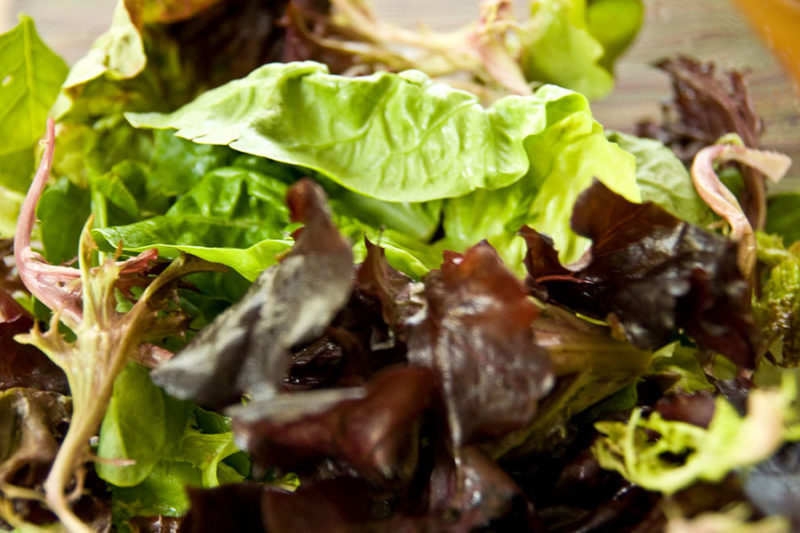
OK – I confess: lettuce mixes are addicting and I love them. In the early spring, I will plant several short rows in my greenhouse. In thirty days, I have an instant salad of delicious baby greens. The following varieties are my favorites.
Allstar Gourmet Mix
The Allstar Gourmet Lettuce Mix from Johnny’s Seeds is one of my favorites. It includes a mix of loose-leaf, oakleaf, romaine and lollo in green and red varieties.
Summer Lettuce Mix
Summer is a difficult time for lettuce connoisseurs. Fedco’s Summer Lettuce Mix is a great combination of heat tolerant lettuce.
The Bottom Line
Lettuce comes in a great variety of textures, colors, and hardiness. To figure out if a specific variety will work in your area, do your homework, read the descriptions, and don’t be afraid to play around.
I grow lettuce throughout the year by planting every two or three weeks in the spring and again in the fall for a continuous harvest. That way I am never without fresh salads and sandwich fillers.

